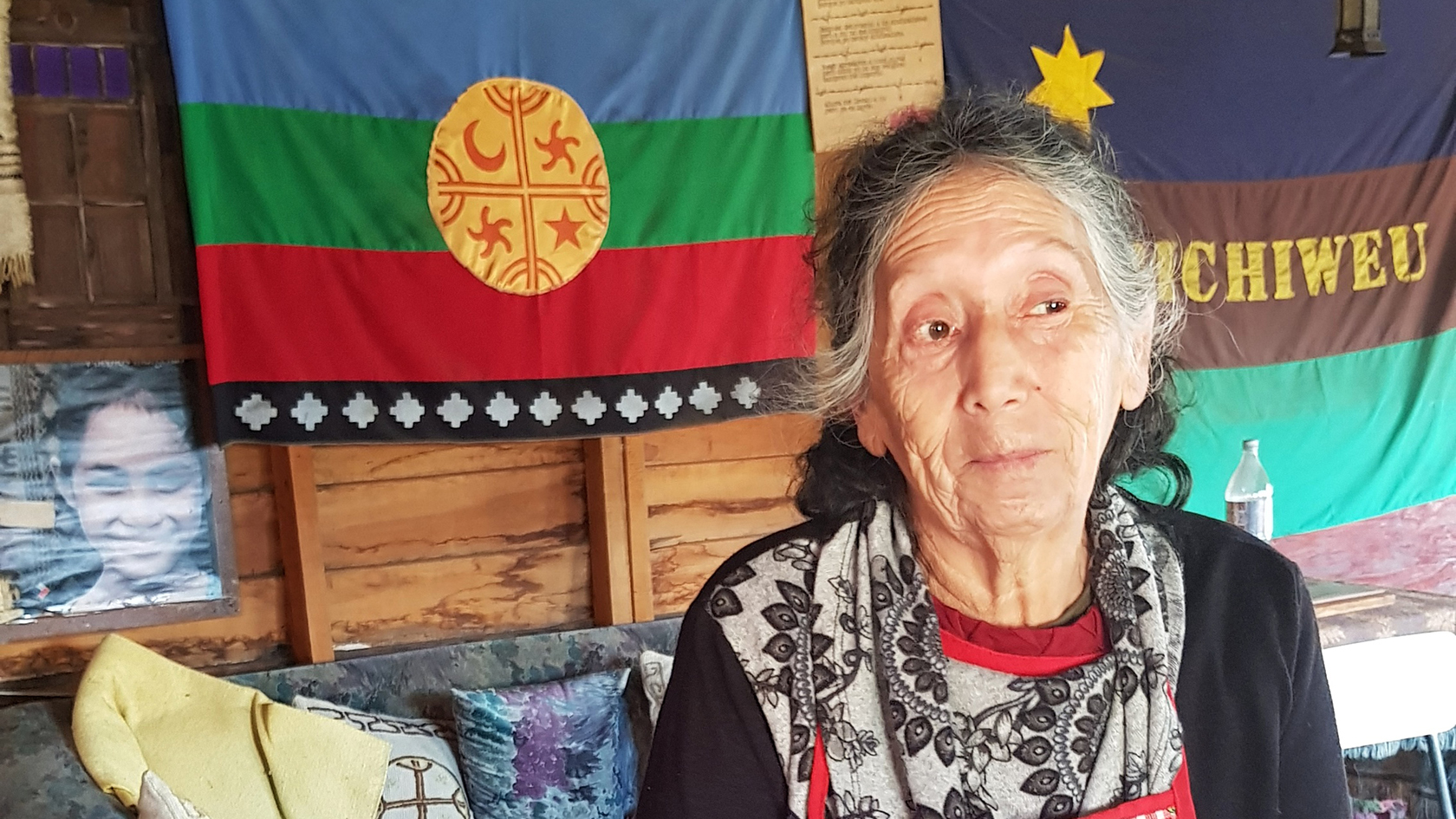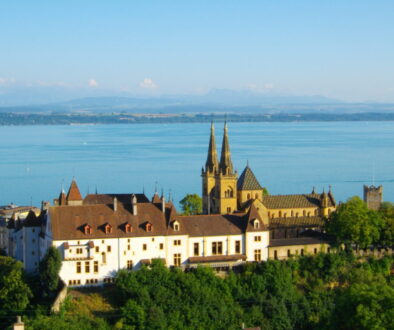Tracing Chile’s Indigenous Roots Through Genetics and Linguistics
How do today’s indigenous communities of South America trace back to the history of human migration and contact in the continent? An international team has worked to reconstruct the legacy of Chile’s largest indigenous community, the Mapuche, in a quest to strengthen their representation in the history of the continent. It appears the Mapuche long lived in relative isolation but do bear some influences from other populations of the Central Andes and the far south of Chile.

The genetic ancestry of the Mapuche is typical of the Southern Cone, the southernmost part of the continent of South America. Picture © Renato Giugliano.
South America was the last continent to be settled by humans. The first migrants moved in rapidly from North to South America in the Late Pleistocene, around 15,000 years ago, as testified by early traces of human presence in what today is central-southern Chile. Human migrations brought in multiple ancestry streams, but how they interacted and the exact routes they took are not well resolved. A new international study sheds light on those missing links, starting out by contextualizing present-day indigenous ancestries, and highlighting the depth of their pre-Hispanic roots in the Americas.
Genetic origins in the Southern Andes
A research team led by the University of Zurich (UZH), including members of the NCCR Evolving Language, in collaboration with the Pontifical Catholic University of Chile and the Max Planck Institute for Evolutionary Anthropology in Leipzig, studied the genetic ancestry of the Mapuche in concert with linguistic, archaeological and historical data. “We compared the genetic profile of participants of Mapuche descent against data from many other populations of the Americas, including ancient DNA from archaeological excavations,” says Epifanía Arango-Isaza, a Ph.D. student at UZH who conducted the study.
The genetic ancestry of the Mapuche is typical of the Southern Cone, the southernmost part of the continent, which so far has been underrepresented in genetic and historical studies. Other major genetic ancestries in South America include one found mostly in the Central Andes and another mostly in Amazonia. “The ancestors of the Mapuche separated from inhabitants of the Far South over 4,000 years ago and did not meet with later migration streams from the north that reached the Central Andes and parts of Amazonia,” says the first author.
Relationships within the Andes and the South
The Andes form the world’s longest mountain range. European ethnographers once tended to conceive of the Andes as a homogeneous and inter-related cultural unit. However, past relationships between populations of the Andes now appear more nuanced. Chiara Barbieri, lead author of the study at UZH, says: “We see that distinctive Mapuche lineages originated locally and have remained in relative isolation. This general isolation is punctuated by episodes of contact with other South American populations over the last millennium or so”.
Paul Heggarty, a linguist based at the Max Planck Institute for Evolutionary Anthropology during this study, adds: “The main genetic link is to the Central Andes, mirroring how domesticated crops like the potato also spread south, as did a handful of loanwords borrowed from Quechua into Mapudungun, the language of the Mapuche”. This contact may date back to before contact with the Inca Empire.
Other specific connections point southwards, to the southernmost tip of the Andes. “We found that different Mapuche territorial identities – Pehuenche from the Andes, Lafkenche on the coast, and Huilliche from the island of Chiloé – are related to each other, but the Huilliche still bear traces of genetic contact with the Far South. This may be a signature of genetic structure originating in other groups known as the Chono, who once inhabited Chiloé”, explains Kentaro Shimizu, professor of genetics and director of the “University Research Priority Program in Evolution in Action” at UZH.
Participation of indigenous and local communities
Reference
Arango-Isaza et al., The genetic history of the southern Andes from present-day Mapuche ancestry, June 5, 2023, Current Biology. Doi: 10.1016/j.cub.2023.05.013



